Funnel Marketing Part 2: B2B vs B2C
In a recent blog we made an intro to the marketing funnel. Now, we’re going to dive a little deeper into how that funnel varies between B2B (business to business) and B2C (business to consumer). Since B2C and B2B target completely different buyer personas, there’s a significant difference in the way the sales funnel operates for each one. It’s important to recognize these differences in order to fully optimize your marketing efforts.
Since these channels operate differently, identical marketing efforts across both targets are bound to be ineffective.
Over the years, we’ve had more than a few clients who sold both B2B and B2C, yet were trying to force a one-size-fits-all marketing approach across both channels. Since these channels operate differently, identical marketing efforts across both targets are bound to be ineffective. Whether you’re selling to both channels, or just one or the other, you’ll definitely want to understand the ways these buyers' journeys and personas differ from each other.
Without further adieu, here are some of the major differences between the B2C and B2B marketing funnels.
B2C
Buyer Persona:
Purchasing on behalf of the individual self
Focused on personal needs/desires
Driven by emotions
Can be more easily persuaded by deals and branding
More short-sighted and impulsive
More broad audience
Attract (Awareness)
Since the B2C audience is typically larger and more variegated, this means the mouth of the funnel (the “attract” stage) is much wider. When the funnel entrance is so wide, the opportunities to get people in the door are endless. Marketing efforts should be more all-encompassing and less target-specific. Of course you should still focus on your target audience and send a message that you think will resonate with them, however be careful not to be too niche with your initial efforts to attract potential customers. Cast your net far and wide, but make sure you look where you’re throwing it.
Consideration (Inform)
The individual consumer, driven by emotion and personal whims, moves through the consideration phase much faster than a business would. In fact, B2C buyers tend to move through the entire funnel at a quicker pace than B2B buyers. While that can be a good thing, because they can convert into sales in no time, it can also be negative. One split decision could mean the loss of a sale, so be sure that you’re leaving a good impression in all that you do. If your website is slow or your Instagram has no content, that could be enough to send a potential customer running.
Conversion (Convert)
Your best chance at converting a B2C consumer is by telling a compelling brand story and playing on the heartstrings. Keep in mind that this buyer thinks fast, and has a limited attention span. Really focus on making your marketing efforts stand out amongst the sea of messages that consumers are constantly being bombarded with.
Loyalty (Engage)
For B2C, a loyal customer is made through great customer experience more than anything. Cute packaging, personalized emails, and thoughtful DMs can go a long way. Having a good customer care team is everything. Social media is a great tool during this phase of the B2C funnel because it provides a platform for your satisfied customers to spread the word. It also provides a space where they can get immediate customer support.
B2B
Buyer Persona:
Purchasing on behalf of the entire organization
Focused on professional problem solving
Driven by logic
Can be more easily persuaded by ROI and tangible benefits
More long-sighted and calculated
More niche audience
Attract (Awareness)
Since the audience is more specific, that means the mouth of the funnel (the “attract” stage) is much more narrow. Given that, marketing efforts can be much more targeted in this first phase than they tend to be when it comes to B2C. Begin by gaining an in-depth understanding of the industry you’re targeting, and do some serious research into the specific companies you’d like to see make a purchase. This is a little more like pole and line fishing, rather than throwing a net.
Consideration (Inform)
More people are involved with the purchase decisions, so the process can take longer. This means that after some preliminary research into your product/service, the potential customer will share that research with their peers, weighing the pros and cons of making the purchase. Plus, asking for a demo or trial period is also pretty standard. It’s also common for people to ask for referrals from people they trust, so word-of-mouth marketing goes far for B2B. This level of communication and consideration far outweighs that which is typically characteristic of B2C sales.
Conversion (Convert)
Your best chance at converting a B2B consumer is through highly informative marketing efforts. This buyer is looking for cold hard facts about your product/service, and would prefer to skip the fluff. Getting right down to business is the best approach for closing a B2B sale. If your lead reaches this stage of the funnel and still has lingering questions, that’s a problem.
Loyalty (Engage)
The final phase of the marketing funnel is critical for B2B because of the long-term nature of B2B purchases and the reliance on loyalty among B2B sellers. Since referrals are so common in B2B, it's super important to leave your customers feeling beyond satisfied with your product/service. Not only will they be likely to send potential customers your way, but they’re also likely to come back when they need your product/service in the future.
While there is a ton of overlap between the B2c and B2B marketing funnels, the differences are significant enough that if overlooked, efforts could fall flat. Take the time to do your research upfront and really understand the nuances of your target audience. You’ll thank yourself in the long run when you see your ROI.

